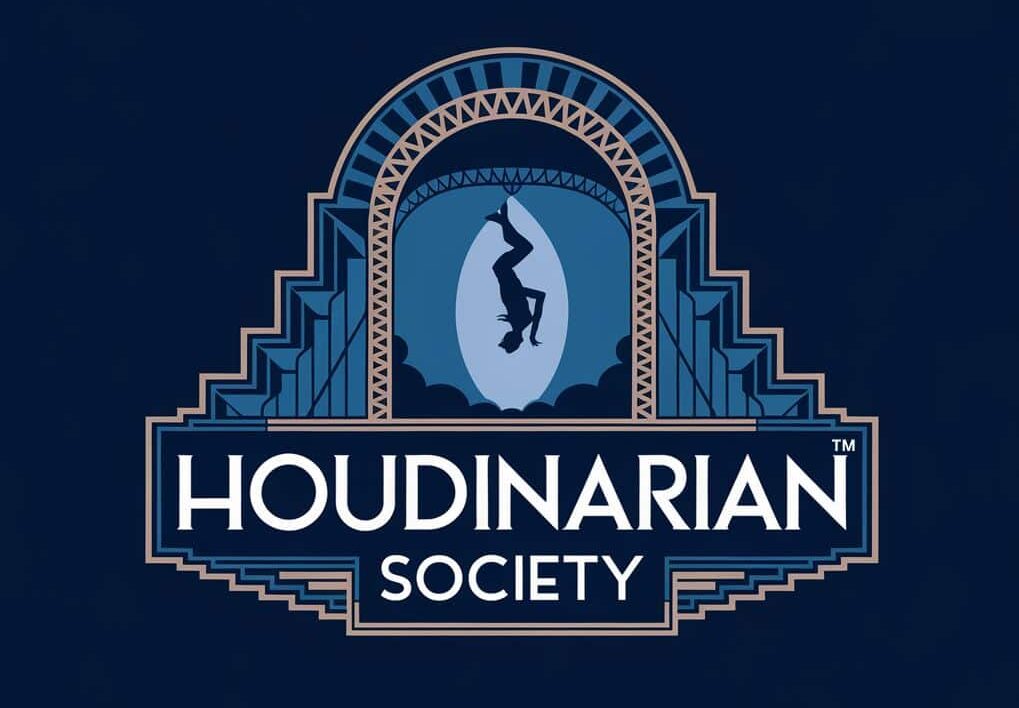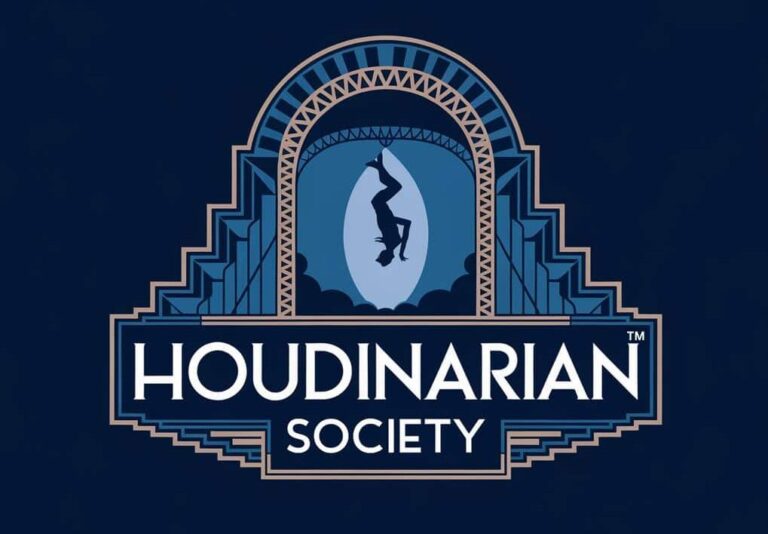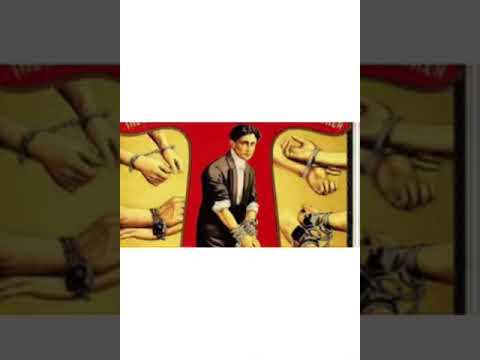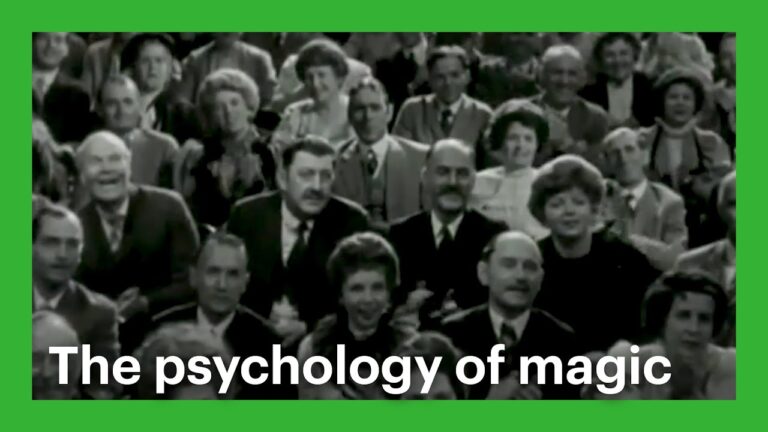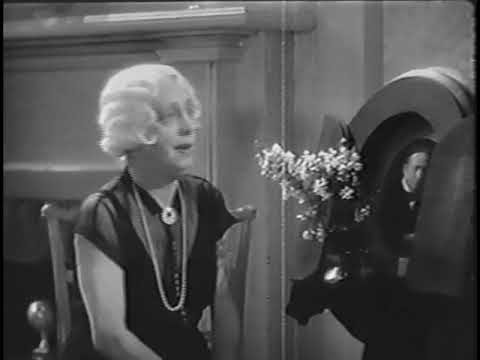The Evolution of Magic: From Ancient Rituals to Modern Illusions
Magic has captivated human imagination since the earliest civilizations. From ancient Egyptian temples to modern stage performances, the art of illusion has transformed dramatically while maintaining its power to amaze and inspire. You can trace magic’s evolution from religious rituals and mystical practices to today’s sophisticated entertainment industry.
The practice of magic began as a way to influence gods and spirits in ancient cultures. Priests and shamans used ceremonies, incantations, and elaborate displays to demonstrate their connection to supernatural forces.
These early magical traditions laid the foundation for what would become a respected form of artistic expression.
When you watch a modern magic show, you’re witnessing the latest chapter in a rich cultural legacy. Magic’s presence in art, literature, and entertainment reflects humanity’s endless fascination with the mysterious and unexplained. Today’s magicians blend classic techniques with cutting-edge technology to create performances that would amaze even their ancient predecessors.
The Ancient Origins of Magic

Magic played a central role in early human societies, helping people make sense of their world and gain control over natural forces. Ancient civilizations developed complex magical systems that merged with religious beliefs and cultural practices.
Early Magical Practices and Rituals
The first magical practices emerged when early humans tried to influence natural events through symbolic actions. You can trace these practices back to prehistoric cave paintings and ritual objects.
People used spells, charms, and incantations to protect themselves from harm and bring good fortune. These early magical traditions focused on practical needs like hunting, healing, and controlling the weather.
Shamans and medicine men served as the first practitioners of organized magic. They used herbs, crystals, and ceremonial tools to channel supernatural powers.
Magic in Ancient Civilizations: Egypt, Greece, and Rome
Ancient Egyptian priests performed elaborate magical rituals in temples, using sacred symbols like the Eye of Horus for protection. They created detailed spell books and magical amulets.
Greek magicians practiced divination and astrology. They developed complex systems for reading omens and communicating with spirits.
Roman society embraced both public and private magical practices. You would find fortune tellers, curse tablets, and protective charms throughout the empire.
The Role of Magic in Religion and Spirituality
Magic and religion were deeply intertwined in ancient cultures. Priests often acted as magicians, using rituals to connect with divine powers.
Sacred texts and religious ceremonies incorporated magical elements. Temple practices included offerings, purification rites, and invocations to deities.
Many religious traditions used magical objects like blessed water, sacred oils, and ceremonial tools. These items helped believers access divine power and protection.
Magic served as a bridge between the physical and spiritual worlds. You would see this connection in prophecy, healing practices, and communication with the dead.
The Middle Ages and the Renaissance

Magic transformed dramatically during the medieval and Renaissance periods, moving from church persecution to royal entertainment while intertwining with science and mysticism.
The Shift from Sacred to Secular Magic
The practice of magic in medieval Europe faced intense scrutiny from religious authorities. Church officials viewed magical practices as potential heresy, forcing practitioners to adapt their craft.
By the 14th century, you would find magic shifting away from religious contexts. Street performers and court entertainers began developing sleight-of-hand techniques to amaze audiences without claims of supernatural powers.
Royal courts across Europe started embracing magic as entertainment. Kings and nobles hired dedicated magicians to perform at feasts and celebrations, marking the birth of professional magic performance.
Notable Magicians and Their Contributions
Reginald Scot, writing in 1584, became the first to detail magical methods in his book “The Discoverie of Witchcraft.” His work revealed the secrets behind common tricks, aiming to prove they were skill-based rather than demonic.
Heinrich Cornelius Agrippa stood out as a prominent figure who bridged magical practice with scholarly study. His writings on natural magic influenced performers for generations.
Court magicians like Girolamo Scotto gained fame throughout Europe, performing for multiple royal families and helping establish magic as a respected art form.
The Influence of Alchemy and Mysticism
Medieval magic intertwined deeply with alchemy, creating a unique blend of practical chemistry and mystical beliefs. You would see practitioners combining scientific observation with spiritual elements.
Magical texts of this period often included detailed diagrams and formulas. These documents merged practical effects with symbolic meanings, creating a rich tradition that influenced modern magic.
The development of esoteric schools during this time established organized systems of magical knowledge. Their methods of categorizing and teaching magic tricks laid the groundwork for modern magic societies.
The Enlightenment and the Birth of Modern Magic

The 1700s marked a dramatic shift in magic as scientific reasoning reshaped how people viewed supernatural claims. This transformation turned magic from mystical beliefs into theatrical entertainment.
The Rise of Rationalism and Its Impact on Magic
The Age of Enlightenment brought a new emphasis on logic and empirical evidence. You can see how this changed magic from mysterious supernatural powers to clever tricks and illusions.
Magic during this period split into two distinct paths. Scientists exposed supernatural claims as false, while performers embraced deception as entertainment.
Many magicians began openly admitting their tricks were based on natural principles, not supernatural powers. This honesty helped establish magic as a respected form of theater.
The Emergence of Public Magic Shows
Public magic performances became popular in coffee houses and theaters across Europe. You could now watch skilled performers demonstrate amazing feats for paying audiences.
Street performers gave way to sophisticated stage shows. Magic moved from marketplace demonstrations to elegant theaters with elaborate props and equipment.
Performers developed new techniques:
- Mechanical illusions
- Optical effects
- Sleight of hand
- Misdirection psychology
Key Figures in the Transition to Modern Magic
Jean Eugène Robert-Houdin transformed magic by wearing modern clothes instead of traditional robes. You would have seen him perform in a fashionable black suit, presenting magic as sophisticated entertainment.
Giuseppe Pinetti introduced many new illusions and theatrical elements. His shows combined technical skill with dramatic presentation.
Philip Breslaw established magic as family entertainment in England. He performed for royalty while publishing books that explained simple tricks to the public.
These pioneers helped create the foundation of magic as we know it today.
Houdini: Bridging Traditional Mysticism with Modern Illusion
Harry Houdini transformed magic from simple parlor tricks into a thrilling art form that captured global attention. His mix of physical prowess, showmanship, and innovative thinking redefined what audiences expected from a magician.
Houdini’s Early Life and Influences
Born Erik Weisz in Budapest in 1874, young Harry got his first taste of magic performing card tricks at age 9. He chose the name “Houdini” as a tribute to French magician Robert-Houdin, whom he greatly admired.
His early career involved performing in dime museums and circus sideshows. These humble beginnings taught him the value of direct audience connection.
Working with his wife Bess, he developed his initial repertoire of handcuff escapes in vaudeville shows. This partnership proved crucial to his early success.
Signature Acts and Their Historical Significance
The Chinese Water Torture Cell became his most famous creation. You can imagine the drama as Houdini was lowered headfirst into a tank of water, his ankles locked in stocks.
His grand illusions and death-defying escapes set new standards for theatrical magic. Key performances included:
- The Milk Can Escape
- Walking Through a Brick Wall
- The Suspended Straitjacket Escape
- The Mirror Handcuff Challenge
Each act combined elements of danger, skill, and theatrical presentation.
Houdini’s Role in the Evolution of Magic
Houdini bridged the gap between traditional magic and modern entertainment. His publicity stunts, like escaping from police handcuffs, brought magic into newspapers worldwide.
He pioneered the use of personal interaction with audiences, a technique that modern street magicians still use today.
His dedication to exposing fraudulent mediums helped establish magic as an honest art form rather than supernatural power. This shift made magic more credible as entertainment.
His influence lives on in every magician who combines physical skill, psychology, and showmanship to create wonder.
The 20th Century: Magic as Entertainment
The rise of mass entertainment transformed magic from secret rituals into a global phenomenon of spectacular shows and TV performances. This shift created entirely new forms of illusion and brought magic into people’s homes.
The Golden Age of Magic
Vaudeville theaters in the early 1900s gave magic acts prime spots in their lineups, reaching huge audiences. Large-scale illusions became possible with bigger stages and better lighting.
Grand stage illusions filled theaters with seemingly impossible feats like making elephants disappear and sawing people in half.
Women gained prominence as magicians during this era, breaking away from their traditional role as assistants. Notable performers like Adelaide Herrmann and Dell O’Dell pioneered new acts.
Technological Advances and Their Impact on Magic
Television created new opportunities for magicians to reach millions. You could now watch close-up magic from your living room, seeing every detail of card tricks and sleight of hand.
Special effects and lighting innovations allowed for more complex illusions. Magicians incorporated lasers, video screens, and computerized equipment into their acts.
Close-up and street magic gained popularity as portable cameras could capture intimate performances. This style emphasized raw skill over elaborate props.
Prominent Magicians of the 20th Century
Harry Houdini revolutionized magic with his death-defying escapes. His underwater box escapes and strait jacket challenges set new standards for dramatic performances.
David Copperfield brought grand illusions to TV audiences, famously making the Statue of Liberty disappear.
Penn & Teller challenged traditional magic by revealing tricks while still amazing audiences. Their unique approach combined comedy with technical skill.
Doug Henning and David Blaine represented different styles – Henning with colorful theatrical shows, Blaine with endurance feats and street magic.
Contemporary Magic and Its Ancient Roots
Magic performances blend timeless principles with cutting-edge innovations. The merger of old and new creates unique experiences that connect deeply with modern audiences while preserving magical traditions.
Modern Illusionists and Their Techniques
Modern magicians like David Blaine and Criss Angel have transformed street magic by focusing on intimate, close-up performances. Their style emphasizes direct audience interaction and raw skill.
You’ll notice today’s performers use psychology and misdirection rather than elaborate props. This approach creates a more personal connection with viewers.
David Copperfield revolutionized large-scale illusions by combining classical techniques with theatrical storytelling. His famous tricks, like making the Statue of Liberty disappear, demonstrate how classic principles can be adapted for modern audiences.
The Influence of Ancient Practices on Today’s Performers
Ancient Egyptian magic continues to inspire contemporary performers. Many modern tricks draw from ancient religious ceremonies and mystical practices.
Traditional mentalism techniques mirror the divination methods used by ancient priests and oracles. You can spot these influences in mind-reading acts and prediction effects.
Modern magicians often incorporate elements from different cultural traditions:
- Eastern levitation techniques
- Celtic mystical symbolism
- Egyptian hieroglyphic imagery
- Ancient Greek theatrical methods
The Role of Media and Technology in Modern Magic
Digital innovations have created new possibilities for magical performances.
Social media platforms allow magicians to reach global audiences instantly.
Virtual reality and augmented reality add new dimensions to traditional illusions. You can now experience magic through your smartphone or computer screen in ways ancient performers never imagined.
Technology enhances classic effects:
- LED lighting for enhanced misdirection
- Digital projection mapping
- Remote-controlled props
- Real-time video effects
These tools help magicians create more convincing illusions while maintaining the core principles of magical entertainment.
